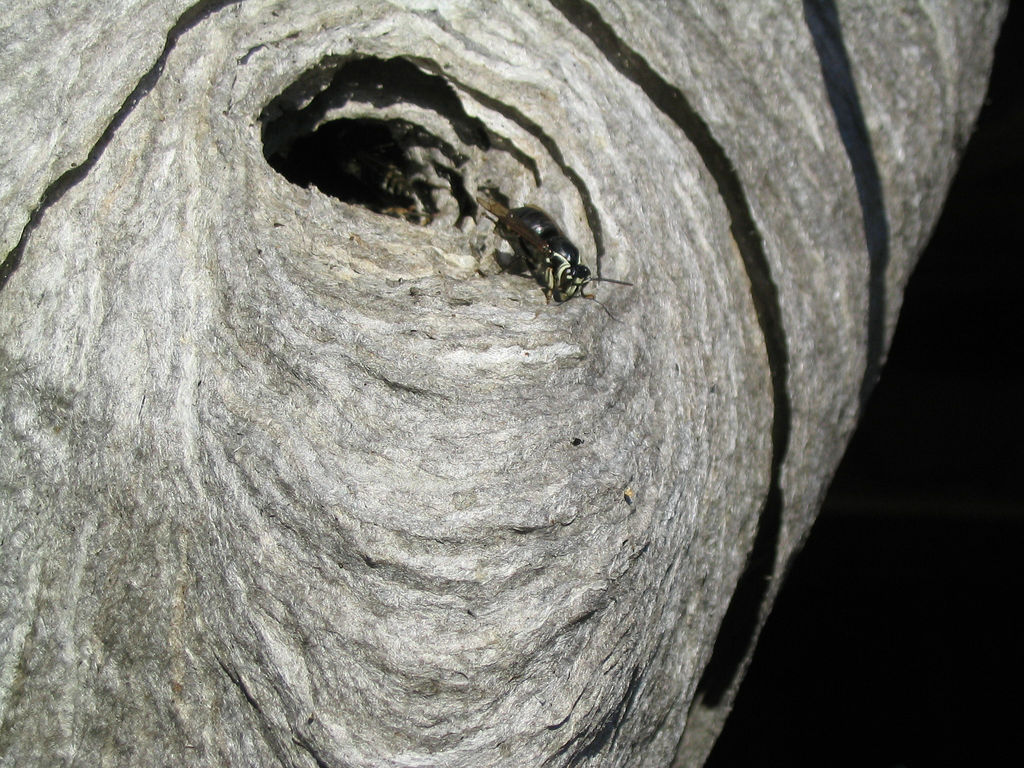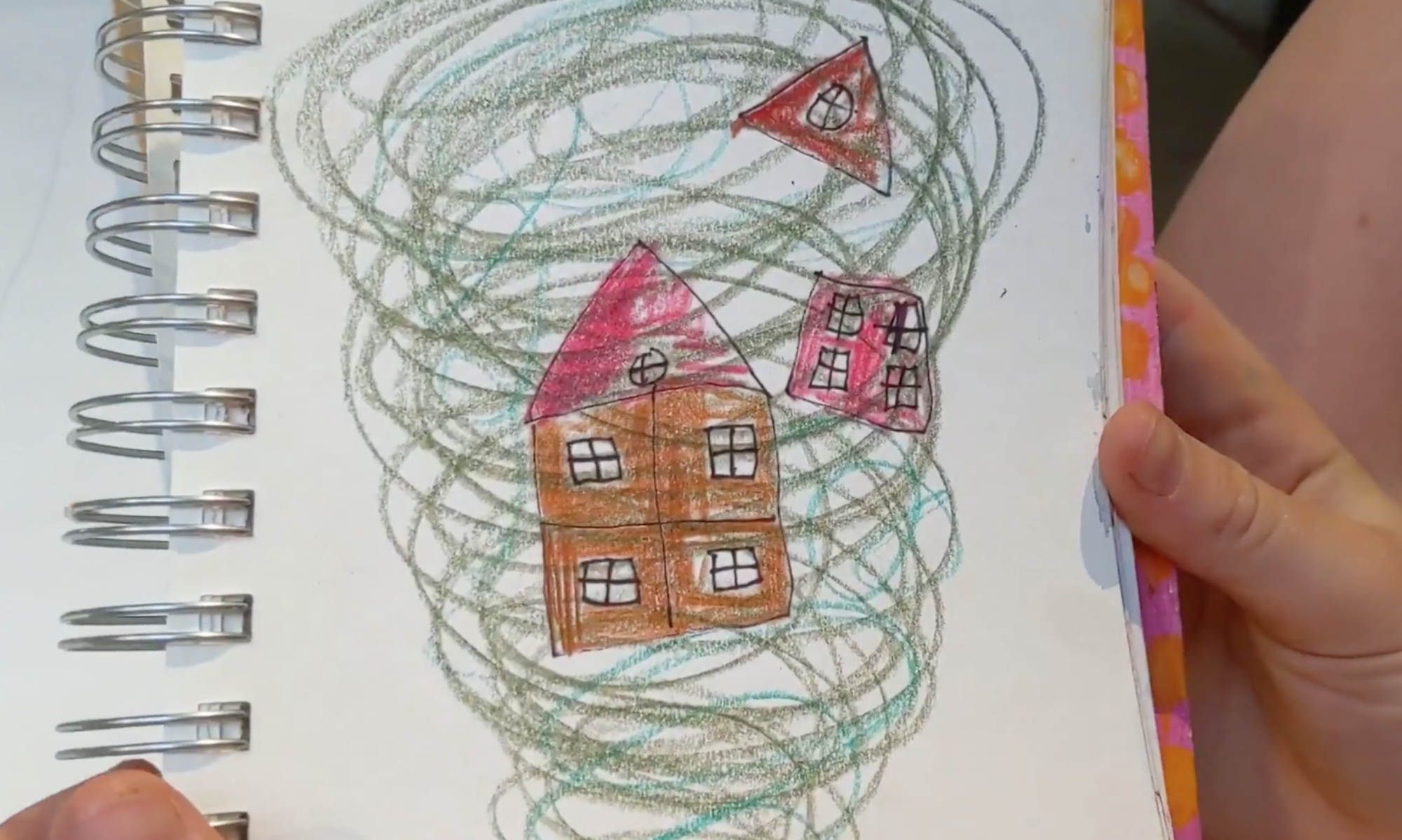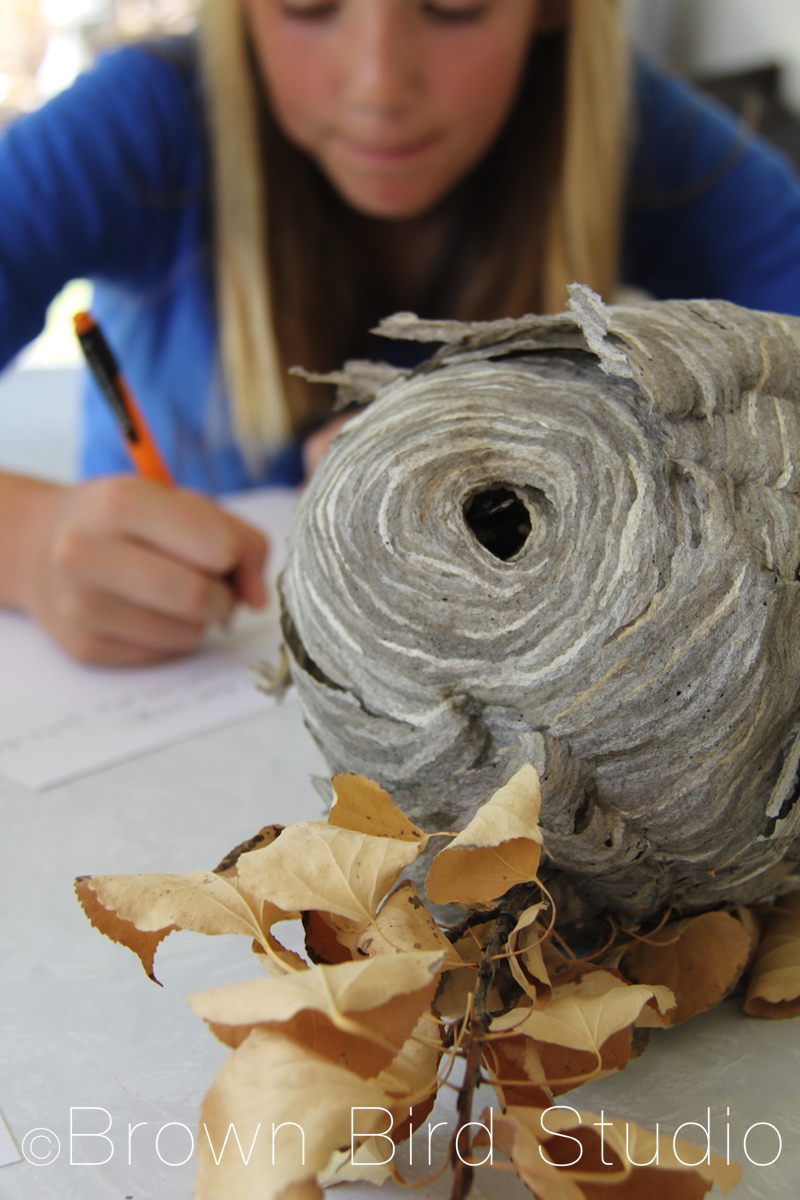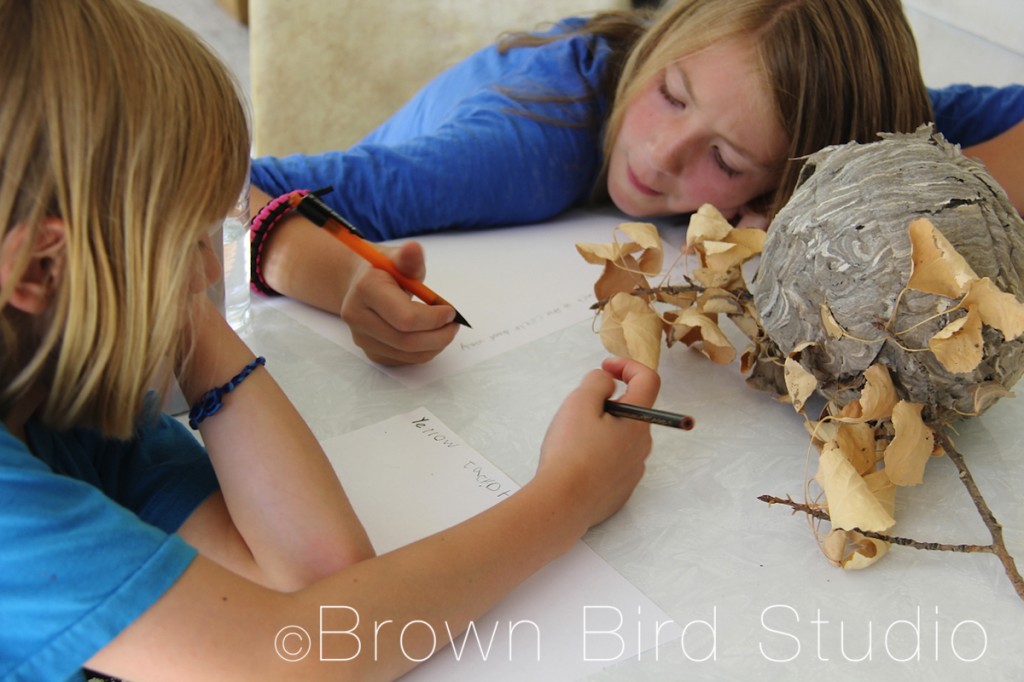Igniting a kid’s interest in science is rarely more complicated than showing them a new way to explore. — Science Instructor, Debi Linton
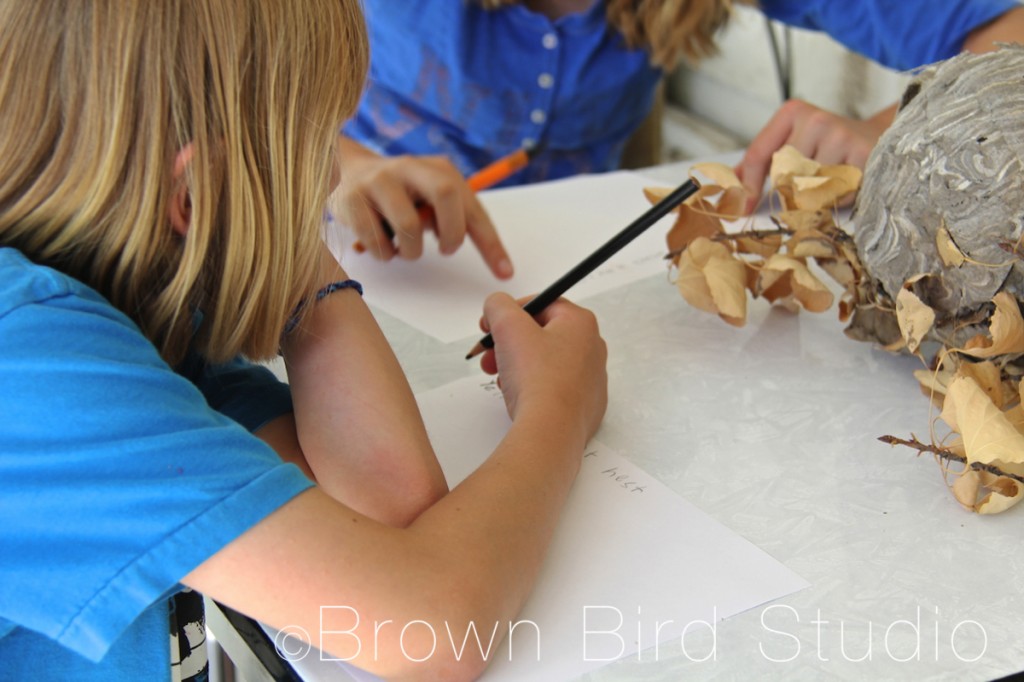
Kids love to investigate the natural objects they find. To help children develop a deep, respectful relationship with all of life and the Creator, give them object lessons when the opportunity arises. Here’s an activity to get kids interested in Nature and scientific inquiry. What could be cooler than a dissection? Despite the “eww-factor,” Ema and Adia were enthusiastic about dissecting an old wasp nest (not to worry — I made sure there were no live wasps in the nest.) We observed with the senses of smell, sight and touch then recorded our observations and discoveries in notebooks.
Yellow Jacket Nest
I see a yellow jacket in the doorway
I think it feels like fabric
It smells like dead insects
There is nine layers in the nest
We think we found a future queen— by Adia Terry, age 8
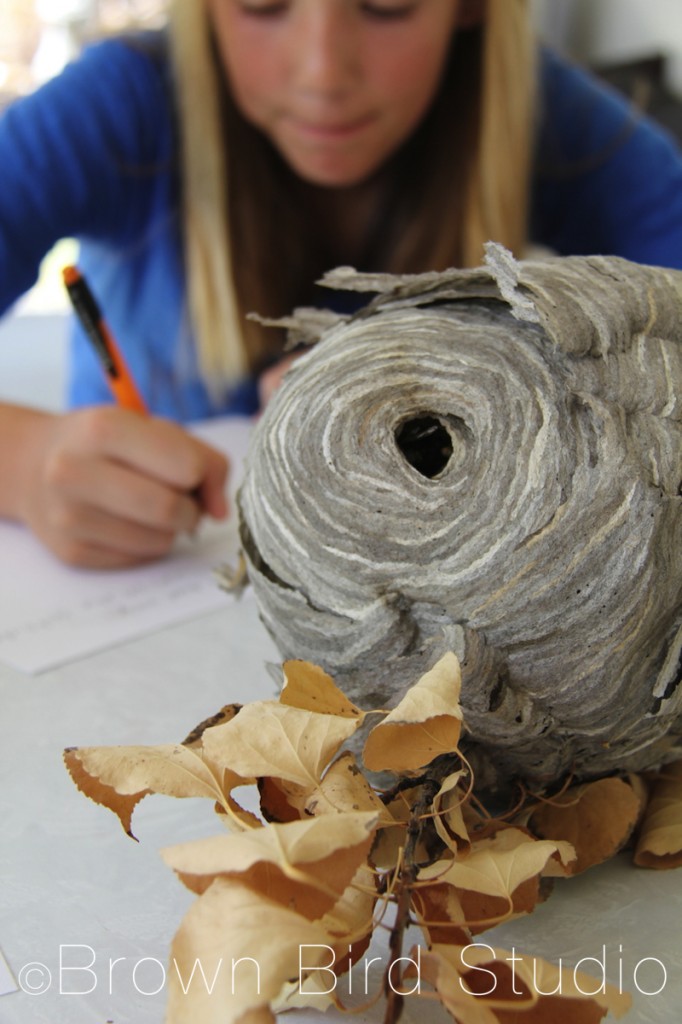
Yellow Jacket Nest
There are nine layers and
it has a bunch of white and tan lines
on the outside
I see a dead yellow jacket in the circle doorway
The nest is on a dry branch and
it still has some yellow leaves on it.
It feels like crumbled up newspaper that is aged
When Mo cuts the nest, dust comes out
It smells like dead bugs!
There is honey comb!
Why are all the bees dead?
I think they died because somebody sprayed poison— by Ema Terry, age 10
Our neighbor gave us an old wasp nest, thinking I might want to use it to teach the girls something about the insects. For weeks, Ema and Adi had bugged me to let them cut the nest open, so we finally did it today. I asked them to first observe the nest intact, and to write down what they saw, smelled and felt. Then we cut it open with scissors and a sharp knife, and examined what we found inside. They had some questions such as “why did all these wasps die?” We tried to find evidence to answer their questions, and made some educated guesses.
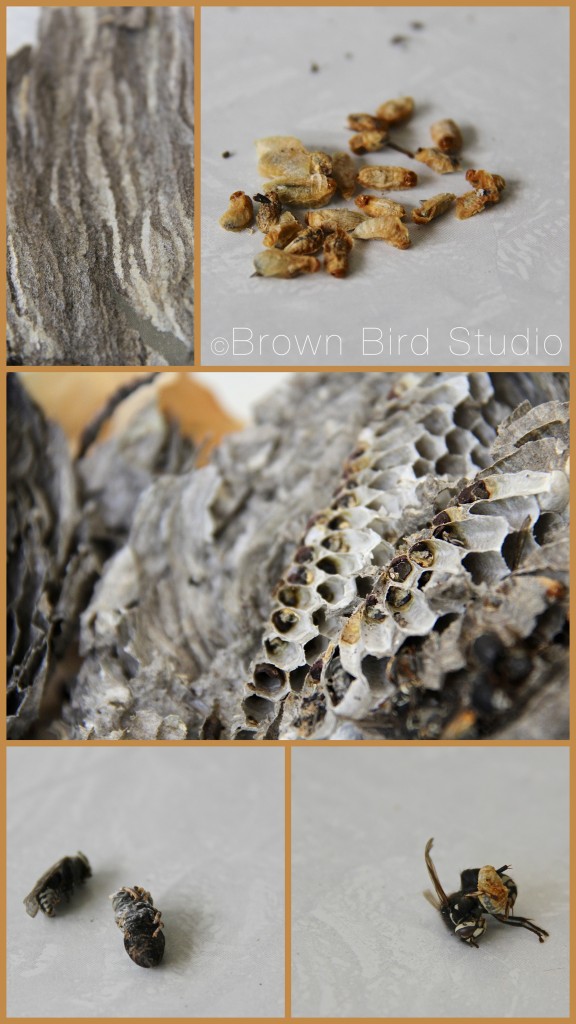
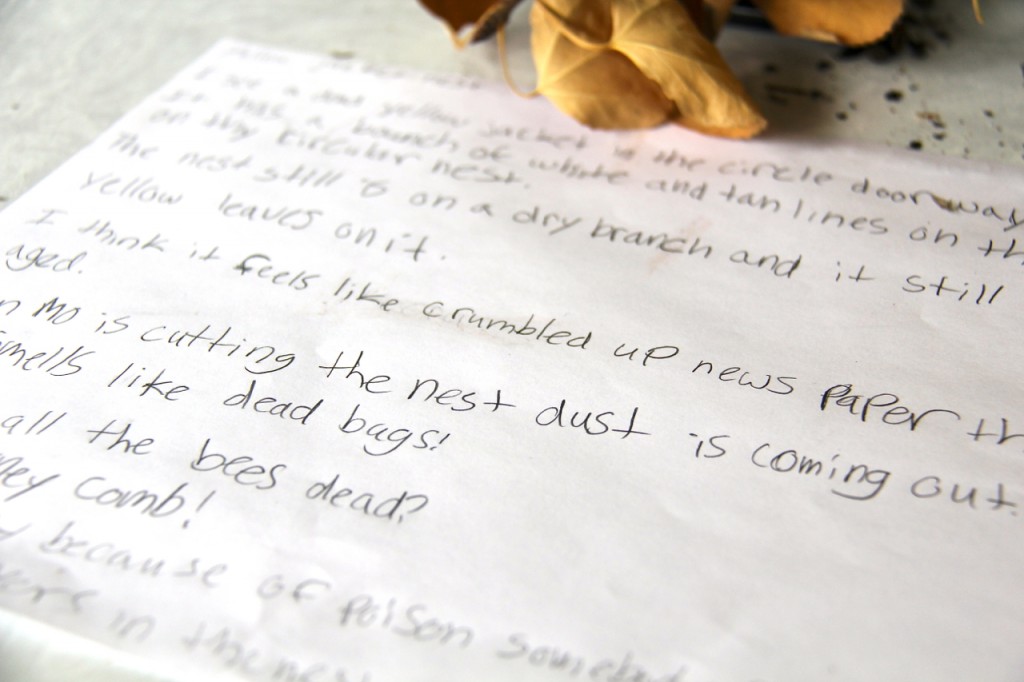
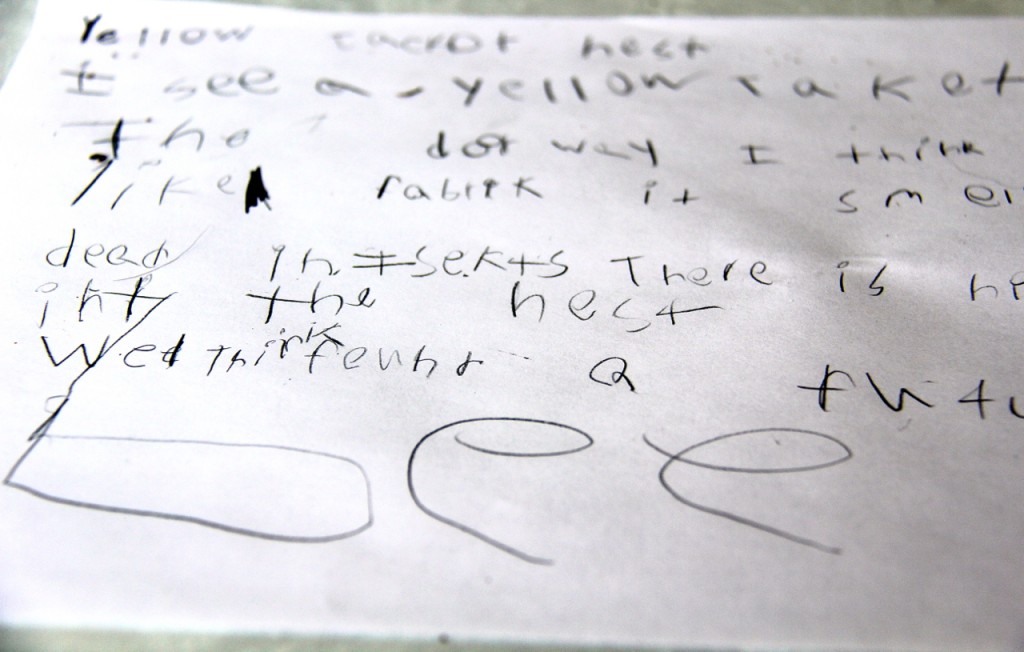 We observed the various stages of development of wasps: eggs, pupae and adult wasps, as well as the fact that there were many wasps that were much smaller than the others. We guessed that some wasps are the “guards” and others (the smaller ones) might be the nurse wasps. The girls found one dead wasp that seemed much larger than the others, and guessed that might be a queen wasp (I have no idea if wasps, like honey bees, make queens, but I let them guess.)
We observed the various stages of development of wasps: eggs, pupae and adult wasps, as well as the fact that there were many wasps that were much smaller than the others. We guessed that some wasps are the “guards” and others (the smaller ones) might be the nurse wasps. The girls found one dead wasp that seemed much larger than the others, and guessed that might be a queen wasp (I have no idea if wasps, like honey bees, make queens, but I let them guess.)
Note: I know this is not a yellow jacket nest — it’s likely a paper wasp nest — but that doesn’t really matter at this level of investigation. Later, they can try to name the type of wasp that made this nest using resources such as the library or Google.
There are so many stories inside a small city like this wasp nest …
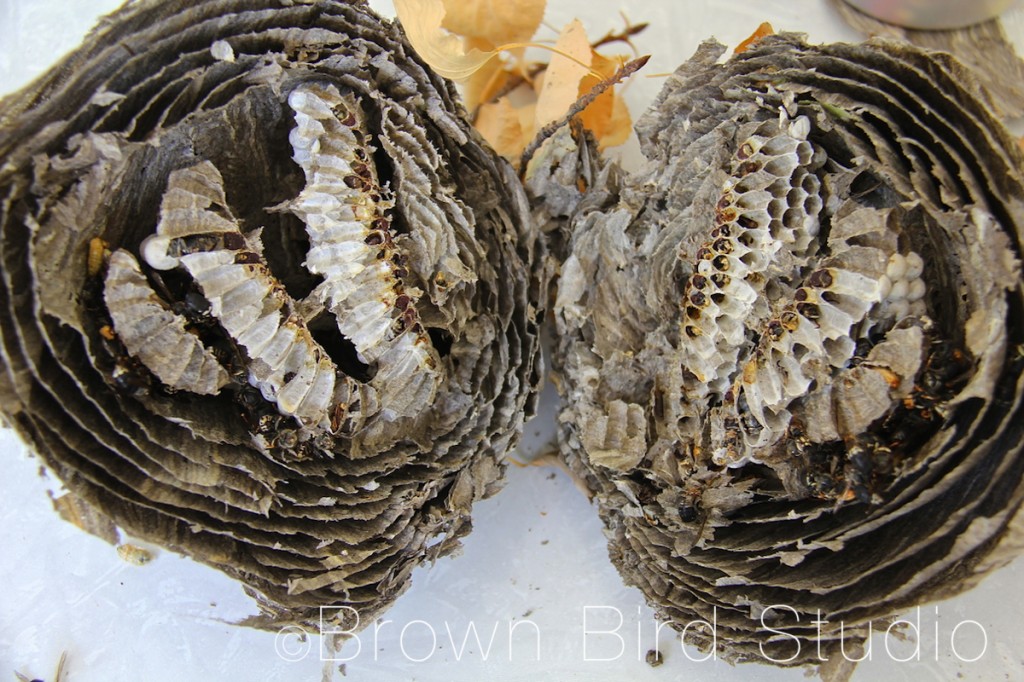
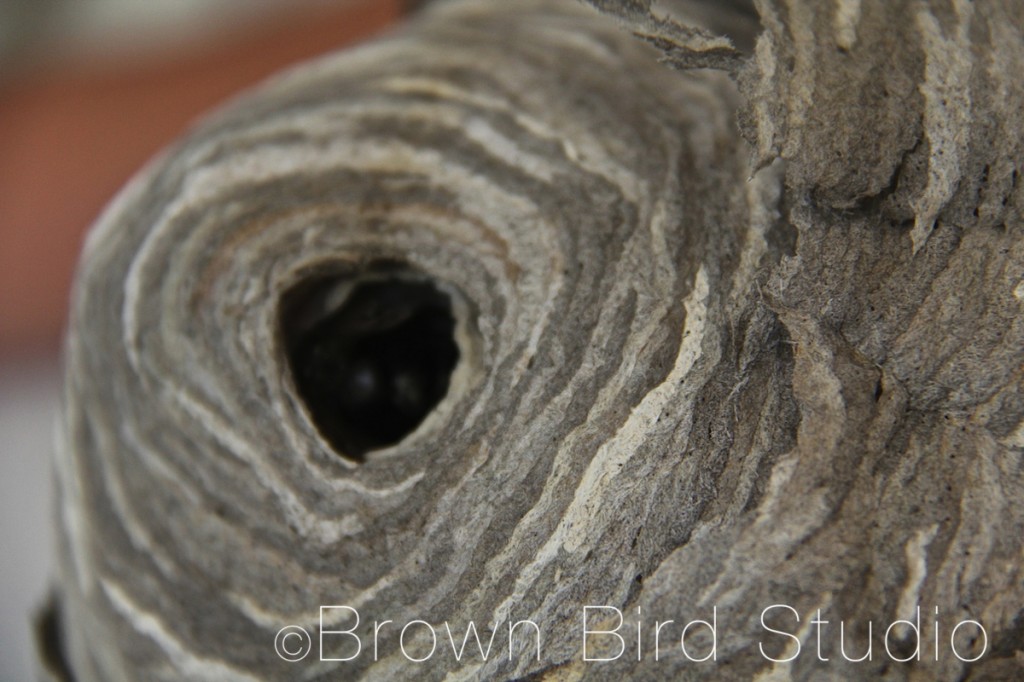 TRY THIS: find something to take apart, but before cutting into it, take the time to use all of your senses (well, maybe not taste …) to look carefully and make notes of what you see. Draw or write your observations. Only then, cut into the object and see what else you find. Think about what was happening, the whys and hows of Nature. After you have observed as much as you can from the natural object, take your investigation further by doing some book or Google research.
TRY THIS: find something to take apart, but before cutting into it, take the time to use all of your senses (well, maybe not taste …) to look carefully and make notes of what you see. Draw or write your observations. Only then, cut into the object and see what else you find. Think about what was happening, the whys and hows of Nature. After you have observed as much as you can from the natural object, take your investigation further by doing some book or Google research.
Links and Ideas:
- Make Nature Notebooks
- Virtual Raptor Pellet Dissection — very cool!
- Paper Wasp Nests
- Getting Creative with Nature Play
- A very cool wasp nest photographed by my sister, Margie
- Biomimicry: Were Humans Inspired by Paper Wasps?
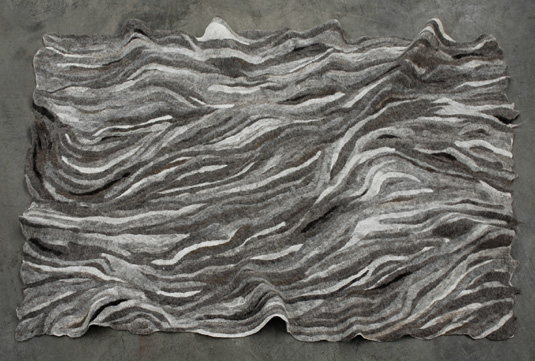 Laurence Sarrazin and Eric Ludlum collaborated on an exhibit that included this wasp-nest-inspired blanket, above. I want one like this!
Laurence Sarrazin and Eric Ludlum collaborated on an exhibit that included this wasp-nest-inspired blanket, above. I want one like this!
